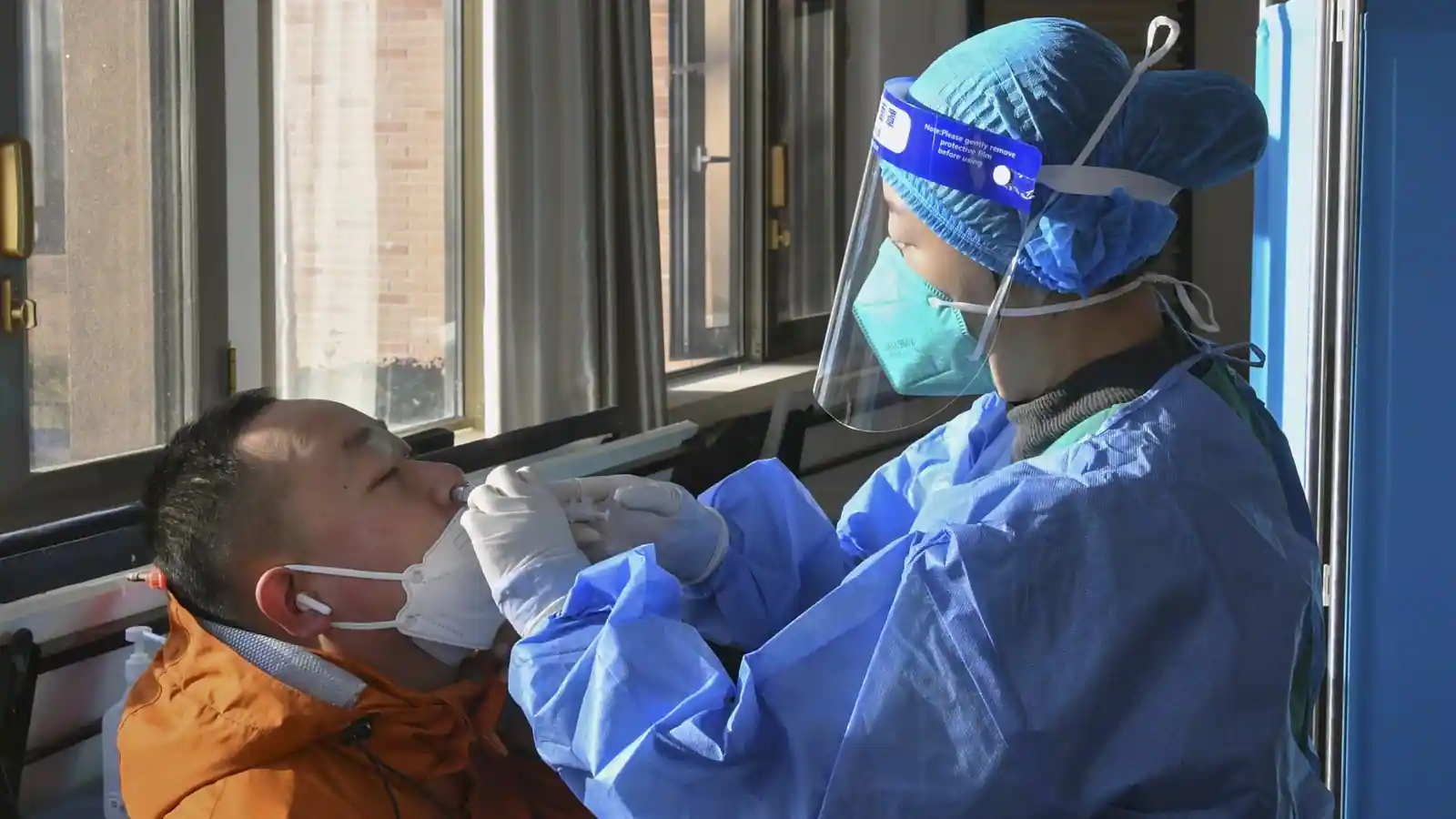Nearly three years after it was first identified in China, the coronavirus is now spreading through the vast country. Experts predict difficult months ahead for its 1.4 billion people. China’s unyielding “zero-COVID” approach, which aimed to isolate all infected people, bought it years to prepare for the disease. But an abrupt reopening, which was announced without warning on Dec. 7 in the wake of anti-lockdown protests, has caught the nation under-vaccinated and short on hospital capacity. Experts have forecast between a million and 2 million deaths next year. Predicting deaths has proven tricky throughout the pandemic, since it is influenced by varied factors and China presents an especially complicated case because of opaque information sharing. It’s not clear exactly how large the current outbreak is, as China has reduced testing and stopped reporting most mild cases. But in cities and towns around Baoding and Langfang, in Hebei province, an area that was among the first to face an unchecked outbreak, Associated Press reporters saw hospital intensive care units overwhelmed by patients, and ambulances being turned away. Across the country, widespread reports of absences from work, shortages of fever-reducing medicine, and staff working overtime at crematoria suggest the virus is widespread. China belongs to a small club of countries that managed to stop most domestic transmission of the virus in 2020, but it’s the last to end restrictions. Experiences of ending vary: Singapore and New Zealand achieved high vaccination rates and bolstered medical systems during restrictions and reopened relatively smoothly.
Hong Kong, where omicron overcame defenses while many elderly people were unvaccinated, suffered a disruptive COVID-19 wave in 2022. Nearly 11,000 people died of the illness this year in the city of 7.4 million, with 95% of them older than 60, according to Hong Kong’s department of health. Data from the city showed a 15% fatality rate for those older than 80 and unvaccinated, said Jin Dong-yan, a virology expert at Hong Kong University. China has higher vaccination rates than Hong Kong did at the time of its omicron outbreak, but many people are vulnerable to infection, especially the elderly. The country has exclusively used domestically made vaccines, which rely on older technology than the mRNA vaccines used elsewhere that have shown the best protection against infection. A study conducted in Hong Kong, which has administered both an mRNA vaccine and Sinovac’s CoronaVac, suggested that CoronaVac requires a third shot to provide comparable protection, especially for the elderly. An ordinary course of the vaccine is two shots, with an optional booster later. Most people vaccinated in China have received either CoronaVac or a similar vaccine produced by SinoPharm, but the country has administered at least five other vaccines. Comparable real-world data isn’t available for these vaccines.


